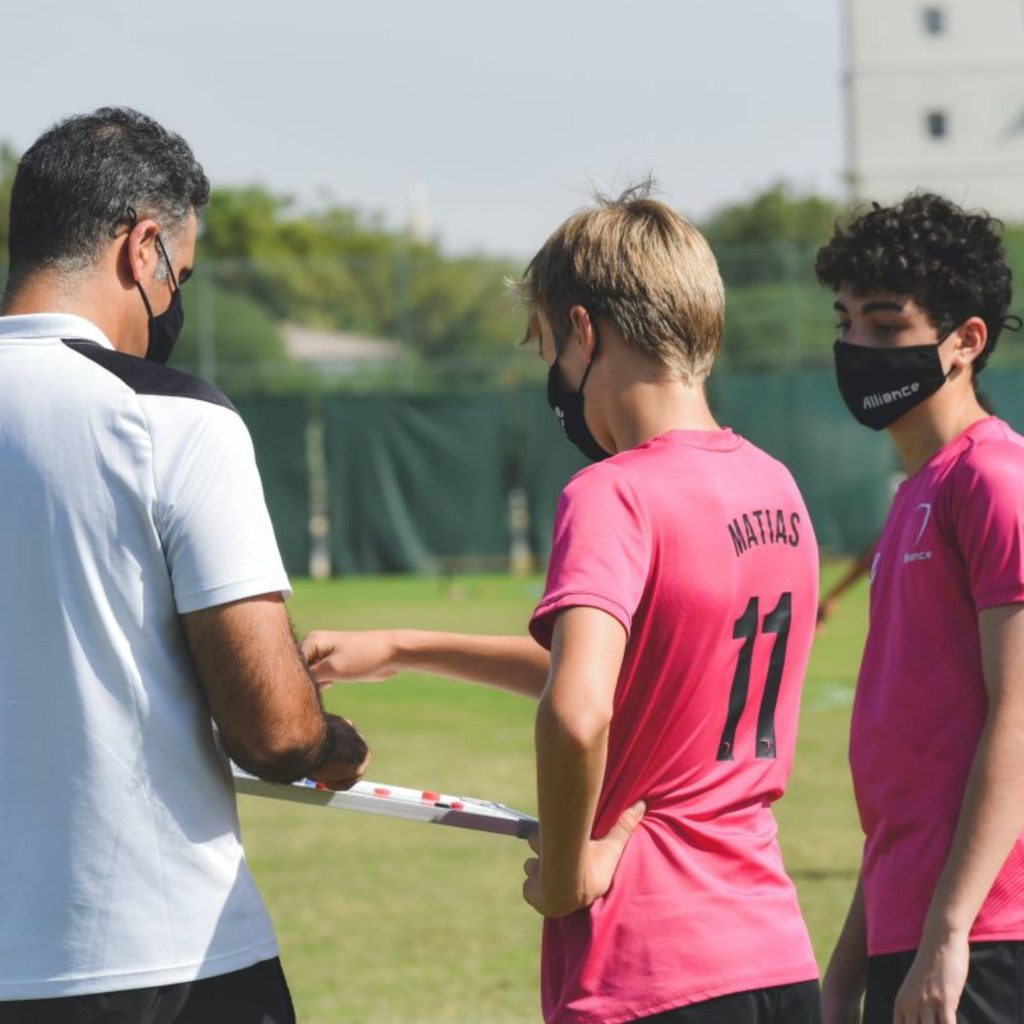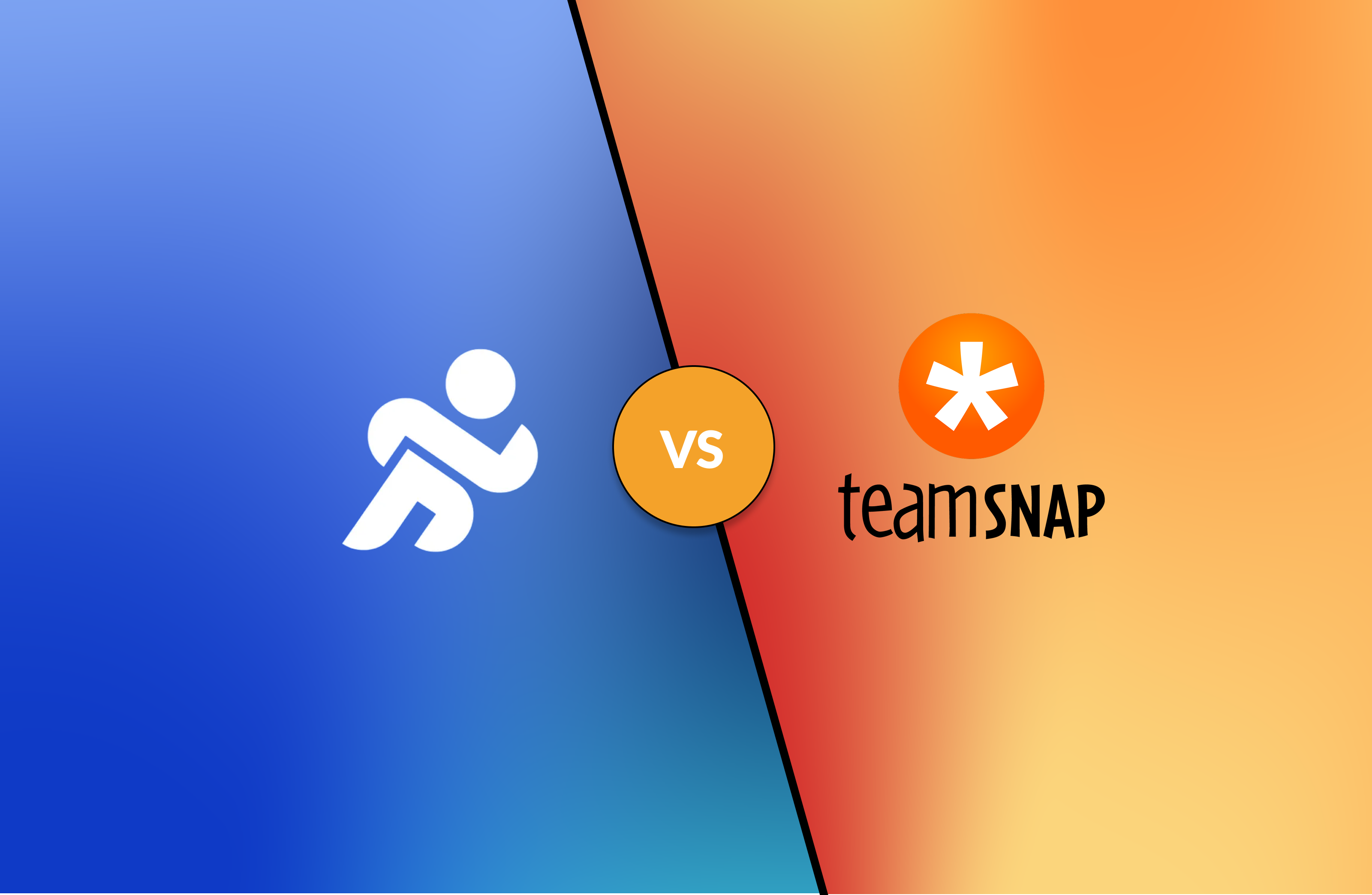Learning techniques most frequently used by trainers

Coaches spend a great deal of time planning the training and strategies they will use to achieve their season’s objectives. To achieve their goals, they may use a variety of learning techniques to reinforce athletes’ skills and motivate them.
Depending on the desired objectives, it can be positive to diversify teaching methods. This allows players to break out of their routine and push themselves further.
Different learning styles
1) Ordering
Command is the method most often used by trainers. It’s simple: explain the routine or exercise to the athletes before they perform it.
The coach leads the session and then observes and gives feedback to the players. This method works well for learning new exercises and performing specific skills.
2) Practice
At the start of the session, the trainer introduces the exercises one after the other. Players are then divided into small groups and move from station to station.
This method works well when players need to practice skills they’ve already been taught.
3) Inclusion
The trainer proposes exercises of varying degrees of difficulty. Players with a lower skill level start with the activity that corresponds to their skill level, and as they improve, they perform the exercise with a higher difficulty coefficient.
This method is often used when players are of different caliber, and allows them to evolve.
4) Divergence
The trainer proposes an exercise and the players get together in a small group and have to find other ways of working on the same thing.
This method encourages the players’ creativity, as they have to use their imagination to create an exercise. The trainer can circulate and help teams as needed. Players gain a better understanding of their sport.
5) Reciprocity
The coach explains the exercise to be performed, and the players get into small groups to perform it. It’s up to the players to provide feedback to the other players in their group.
This method works well when the exercises are simple and they’ve done them before.
Which learning methods to choose?
There are other techniques, but these are the most commonly used methods. The use of one method over another depends very much on the age and skill level of the athletes. The choice of teaching style depends on a number of factors:
- Beliefs
- Goals
- Preferences
- Level of experience (of players and coach)
We all know how important a coach can be in the life of a young athlete. Varying training methods can help push young athletes to the next level.
MonClubSportif facilitates training follow-up between the trainer and the athletes. The coach can get feedback from the athletes at the end of practice, or he can ask the players to prepare a drill for the next practice.
Karl Demers



